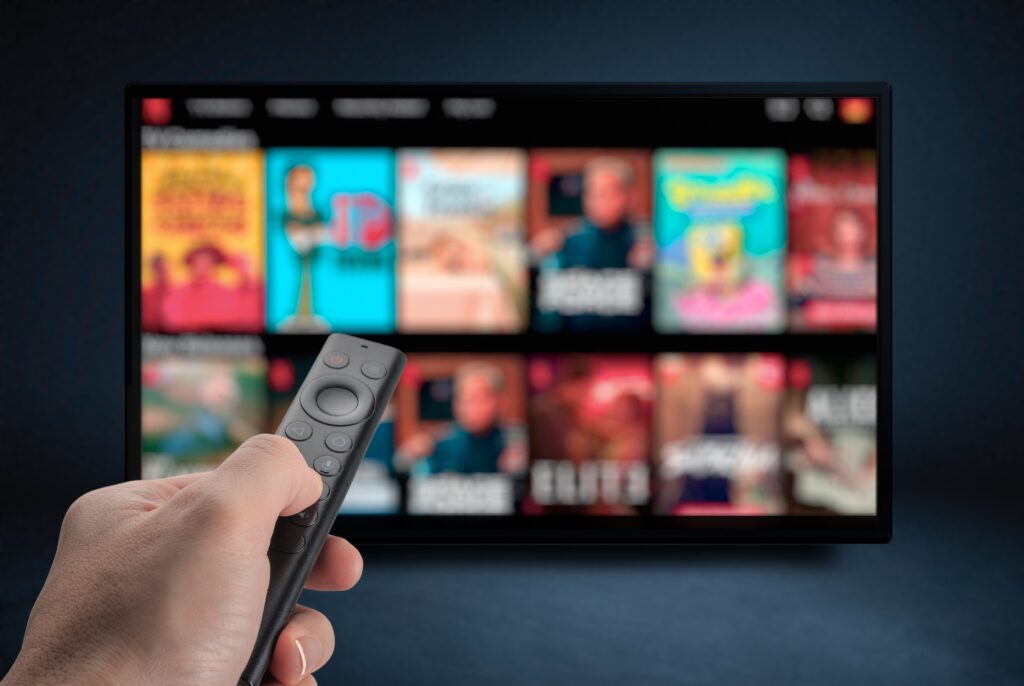
B2B marketers are often met with the same sentiment: “No one knows what you do.” This highly specialized industry is a black box to many Americans—and because the linear TV model has typically lent itself to higher-funnel brand awareness campaigns to the masses, TV advertising has not historically made sense for their businesses. The medium also has traditionally been unable to directly target B2B marketers’ desired audience of key business decision-makers.
However, with the current advancements in CTV, B2B marketers are no longer limited in how they can use video to engage their target audiences. We are past the days of expensive commercial slots. CTV’s new capabilities—particularly the ability to be purchased programmatically—have made this a powerful channel through which B2B marketers can now reach their key audiences outside of business hours.
Reaching Beyond the Office
CTV advertising came onto the scene in 2017, and since then, the medium has grown exponentially—it’s estimated that up to 87% of CTV ad inventory will be transacted programmatically in 2023. This rapidly growing adoption means that many of the major DSPs possess CTV capabilities, allowing B2B marketers to seamlessly expand the reach of their existing programmatic campaigns and reach their target audiences across channels.
Possessing more granular targeting, CTV advertising can share a brand’s message with a wider segment of its ideal audience depending on factors like location, specific demographics and more. Beyond a traditional 30-second commercial slot, advertisers also have a greater selection of video formats such as pre-, mid- and post-roll advertisements. Advanced targeting capabilities such as job title, household targeting and retargeting campaigns allow B2B marketers to spread their message across multiple channels (whether on paid subscription streaming or free ad-supported platforms) depending upon where their unique audiences actually are, rather than where they assume them to be.
Despite these advancements, some B2B marketers, particularly those in smaller companies, may be hesitant about adding CTV to their marketing mix given their primary focus on lead generation. For example, if a pharmaceutical brand is looking to reach a doctor specializing in heart conditions with a new drug to lower blood pressure, they cannot be certain when she will act on that message. However, consider that this doctor would likely be more open and receptive to a relevant advertising message when she is relaxing at home, as opposed to when she is racing between patients.
Though B2B marketers cannot be certain when their ideal prospects will act on their message, they will have increased awareness amongst their target demographic. In the previous example, the doctor’s awareness of the new drug may lead her to seek out the brand later, when a particular patient is top-of-mind.
For B2B marketers to fully reap the benefits of CTV advertising, they must accept its primary function of raising brand awareness. They can then create more impactful campaigns and increase their share of voice within the industry.
The Benefits of Brand Awareness
While B2C marketers tend to be experienced with awareness campaigns, this may be a new frontier for some in the B2B industry. However, with CTV’s ability to precisely target audiences, B2B marketers across the industry should begin to consider how a targeted approach to brand awareness can have a positive impact on their lower-funnel efforts.
The primary goal of brand awareness does not seek to drive consumer action at that specific moment. There are tactics to promote action, such as driving consumers towards a product landing page via QR code, but that should not be the ultimate motivator in creating a CTV campaign—nor should it be the only metric utilized to determine its success.
Just as CTV advertising is upper-funnel, advertising on the channel should be high-level and go back to the brand’s primary value proposition. Think of what will entice your prospects to not only remember your business but to notice its advertising across channels. Make the most of the video medium and find creative ways to communicate the differentiators that stick and lead them to seek out your brand in the future.
B2B marketers should be monitoring their existing measurement data across their marketing efforts. A rise in new or unique traffic serves as a positive initial indicator that an awareness campaign is reaching its intended audience. Looking forward, the industry aims to refine its measurement capabilities even further.
Embracing an Ongoing Evolution
Advertising measurement itself is undergoing a seismic shift as it seeks to keep up with the rapid advancements in technology.
Top of mind for CTV industry leaders is providing more impactful and accurate metrics around campaign performance. Future innovations seek to tie metrics back to individual accounts and enhance interoperability across channels, to accurately follow the consumer journey from prospect to buyer.
CTV advertising offers a range of benefits to B2B marketers and expands their capability to reach and engage with their target audience, removing it from the silo of business hours. Through creatively utilizing CTV campaigns, B2B marketers can effectively raise their brand awareness amongst a wider range of targeted prospects, driving ongoing results for their business.
Mike Skladony is GM of Consumer Services at Semcasting



